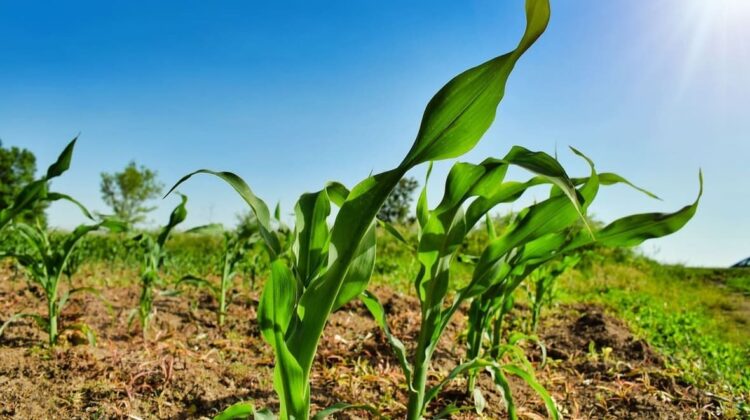
Nurturing the Earth: Nourishing Humanity While Preserving Our Globe
In today’s era, the pursuit of nurturing agriculture that sustains itself looms as a crucial conundrum. It weaves together the need to satiate the ever-expanding global populace with the obligation to protect our terrestrial home. This discourse explores the multifaceted dimensions of self-sustaining agriculture, shedding light on its potential to simultaneously guarantee food availability and environmental stewardship.
The Quintessence of Nurturing Agriculture
At its essence, nurturing agriculture is a synthesis of methodologies and tenets aimed at food production that respects the environment, remains economically feasible, and upholds societal obligations. This paradigm centers on prudent resource utilisation, minimising waste generation, and encouraging ecological diversity, which in turn strengthens the resilience of our agrarian frameworks against climatic uncertainties.
Revolutionary Agrarian Methods
Revolutionising agricultural techniques is pivotal in this context. Methods like crop succession, forest-based agriculture, holistic pest control, and soil preservation cultivation not only boost soil fecundity but also curtail dependency on synthetic growth enhancers and pest deterrents, thus shrinking the ecological impact of agriculture.
Organic Cultivation: A Pillar of Sustainability
Forsaking man-made growth enhancers and pest control substances, organic cultivation stands as a fundamental pillar of sustainable agricultural practices. It endorses natural substitutes, mitigating pollution and conserving soil vitality. Organic cultivation also champions biodiversity, offering sanctuary to diverse species and maintaining ecological equilibrium.
Hydric Resource Stewardship
Stewardship of water resources is another vital element of nurturing agriculture. Advanced irrigation approaches, including pinpoint and spray irrigation, optimise water utilisation. The collection of rainwater and the application of treated wastewater further enhance the sustainable aspect of agricultural methods.
Technological Integration in Nurturing Agriculture
Incorporating technology into agriculture, embracing exact farming and data-oriented decision-making, significantly enhances sustainable methods’ effectiveness. The deployment of sensors, unmanned aerial vehicles, and artificial intelligence in monitoring plant health and soil conditions enables well-informed choices, optimising resource deployment and improving crop outputs.
Socio-economic Advantages of Nurturing Agriculture
Sustainable agriculture transcends environmental gains, offering significant socio-economic benefits. It bolsters local economies, generates employment opportunities, and safeguards the health and prosperity of agricultural communities. By advocating for fair commerce and ethical practices, it nurtures equitable economic expansion.
Regulatory Framework and International Collaboration
A solid regulatory framework and worldwide collaboration are critical for spreading sustainable agriculture. Governments and global entities must unite to create incentives for sustainable practices, endorse research and development, and promote knowledge exchange across nations.
Obstacles and Prospective Pathways
Despite its numerous advantages, nurturing agriculture confronts hurdles, including financial barriers, awareness deficits, and resistance to transformation. Tackling these obstacles necessitates a unified endeavour from all involved parties, including governments, agriculturalists, consumers, and the corporate sector.
Nurturing agriculture is not merely an option but an imperative in our endeavour to feed humanity while preserving our globe. By adopting self-sustaining practices, we can assure food availability, protect the environment, and encourage socio-economic growth, thereby forging a more resilient and flourishing future.
Author: Levi Burrell
Science divulgator. He writes for numerous popular science magazines. Collaborates with the Deeping in the area of science dissemination
